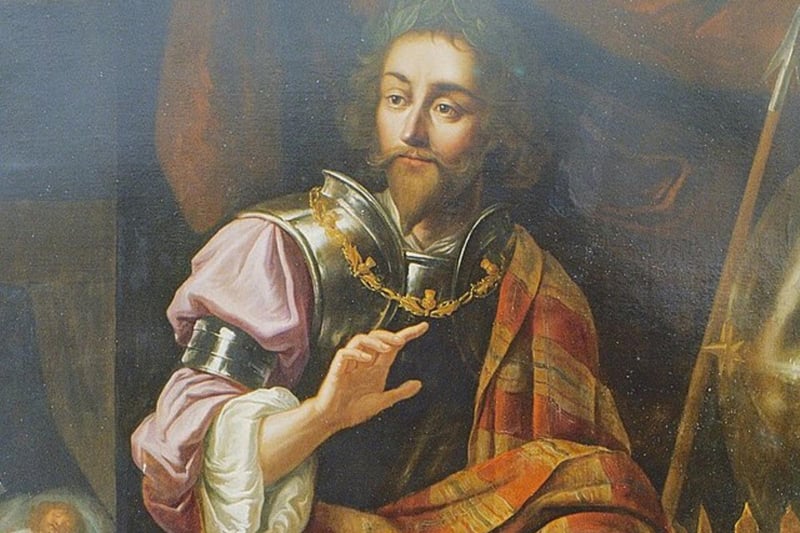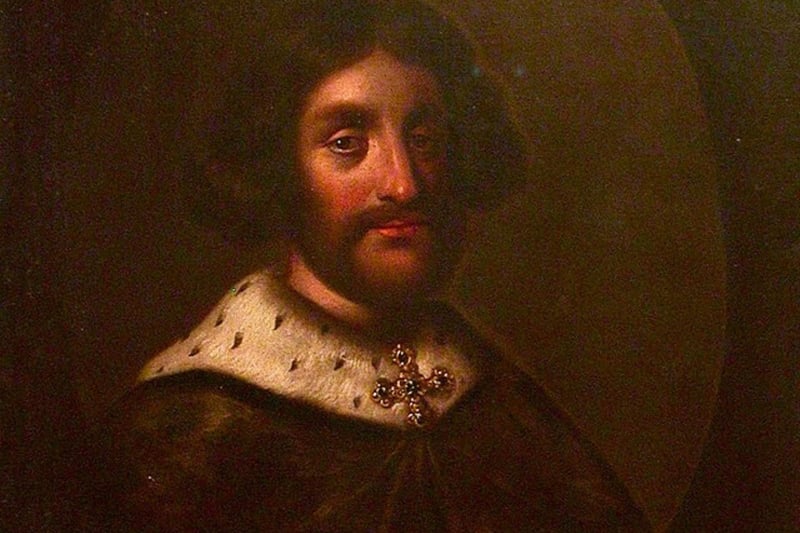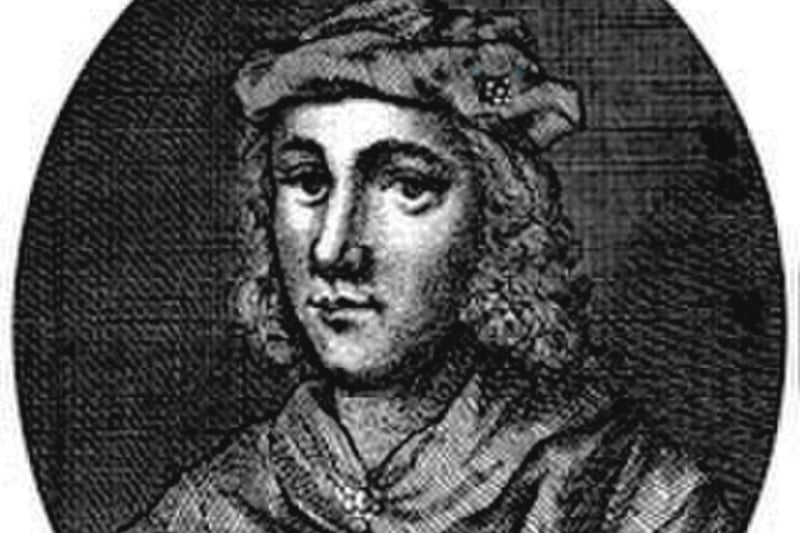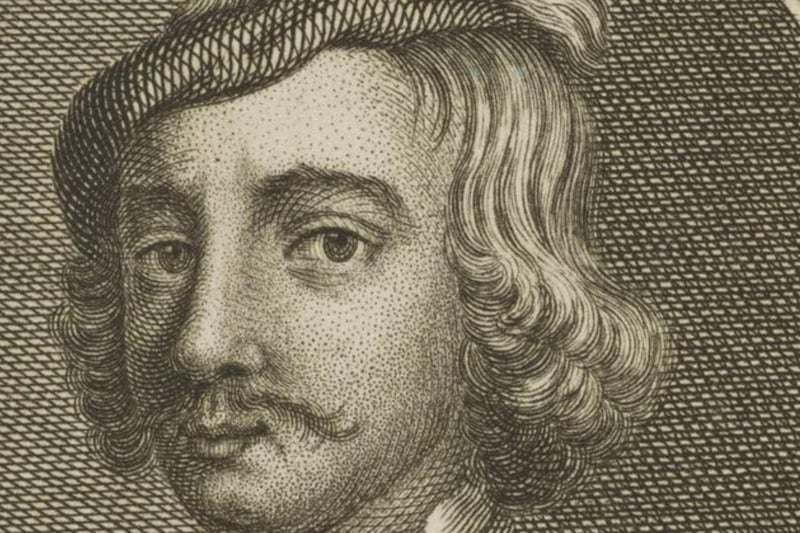From peacemakers to warmongers, Shakespearean villains to national heroes, there have been plenty of Scottish kings with unique legacies; some more infamous than others.
Scotland only emerged as the land we know it as today over the course of many centuries with all sorts of fascinating ancestry like the Picts, Vikings, Anglo-Saxons, Gaels and Britons, influencing the fabric of the culture.
That’s why, when discussing Scottish kings, it is important to acknowledge the historical nuances in terms of what constituted ‘Scotland’ or indeed even a ‘King’ as some famous Scottish monarchs were more like tribal chiefs.
Traditionally, Scotland’s kings were crowned in a ceremony involving the legendary Stone of Destiny at Scone Palace. However, it was taken to England by King Edward I and used for the coronation of English monarchs for 700 years before being returned to Scotland in 1996 (inspiring the 2008 film.)
Here are thirteen Scottish kings and why we remember them even to this day.

1. Kenneth MacAlpin: King of Scots and Picts (843 – 58)
Chronicles of this period of history can be obscure as early sources for Scottish kings relied on oral traditions while written documents didn’t emerge until centuries later. However, many historians argue that Kenneth MacAlpin was the ‘first king’ of Scotland as he ruled over the western seaboard e.g., the Western Isles and Argyll. In 843, MacAlpin took the throne of the Pictish kingdom in eastern Scotland which covered areas like Fife. Despite being fierce tribes, he was at an advantage as Viking raiders and Irish tribes had weakened the Pictish forces. Ultimately, he is credited as the ‘founder of medieval Scotland’ by some for ushering in the age of unification between Gaels and Picts under the Kingdom of Alba. Photo: via WikiCommons

2. Donald II: The Madman (889 – 900)
Son of King Constantine I of the Picts and Scots, it is said that Donald II should have taken the throne after the death of his uncle King Aedh. However, subsequent kings Eochaid and Giric ruled after Aedh, so in a bid to gain control Eochaid commissioned Donald to kill Giric and ultimately he did that but also exiled Eochaid, thus claiming the throne for himself. His reign was a violent one, he faced conflict from the Vikings as Sigurd the Mighty took control of northern Scotland. Donald II was also known to fight against Scottish Highlanders. For this reason it is thought he was called ‘the Madman’ by the Prophecy of Berchán in reference to his brutal ravages against the Scots and even the Church. Photo: via WikiCommons

3. Constantine II: Ruler of the Kingdom of Alba (900–943)
He was one of the early kings of Alba (Scotland) and his name, Constantine, is anglicised from the Scottish Gaelic Còiseam mac Aoidh i.e., Constantine Mackay. Serving as king from 900 to 943, despite ongoing battles and invasions from Norsemen, this long reign is evidence of his considerable strength. He is well known for pushing Vikings out of Scotland after the Battle of Scone in 904. He also allied with Northumbrians to drive out the Vikings who were living in Northumberland and together they were victorious at the Battle of Corbridge in 918. This resulted in the Kingdom of Alba having a more stable southern border. He also reformed Alba by making the churches more Gaelic-orientated and introducing ‘Mormaer’ which saw ‘sub-kings’ looking after different areas of the kingdom. Photo: via WikiCommons

4. Indulf: The King that reclaimed Edinburgh (954 – 62)
Indulf, the son of King Constantine II, did not have the most Scottish sounding name and historians suspect it is because of the Nordic influence brought in by Vikings. Constantine II married his sister to a prominent Viking figure and is thought to have possibly married a woman of Norse descent himself. Indulf regained Edinburgh from the Saxon King Edred, this greatly expanded his land as a King which is why it is seen as his greatest feat. His father had previously abandoned the Lothians as he fled before Athelstan, meaning Indulf had reclaimed what his predecessor lost. Unfortunately, Indulf was ultimately killed when he was fighting Vikings near Cullen, a typical death at that period of time. Photo: via WikiCommons
